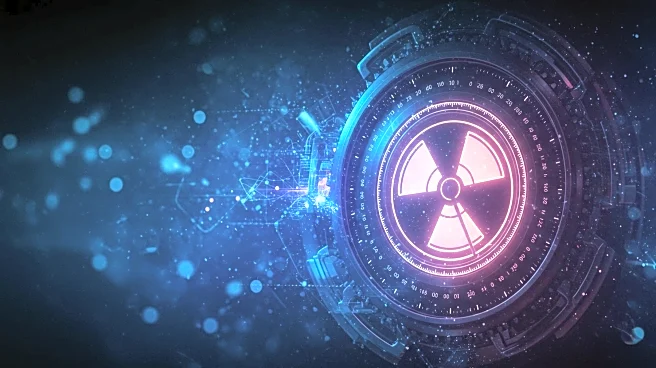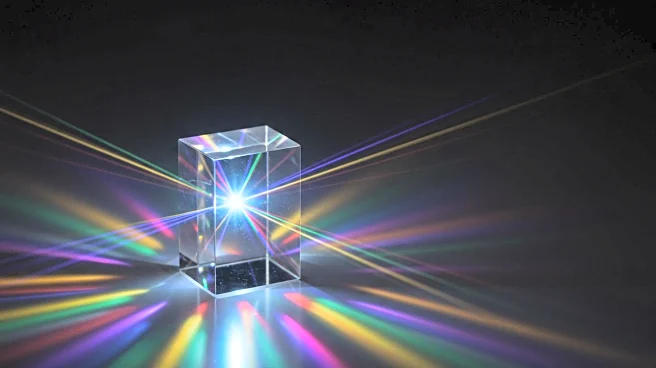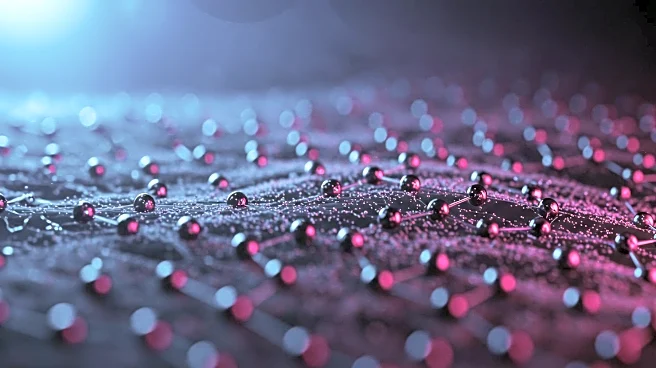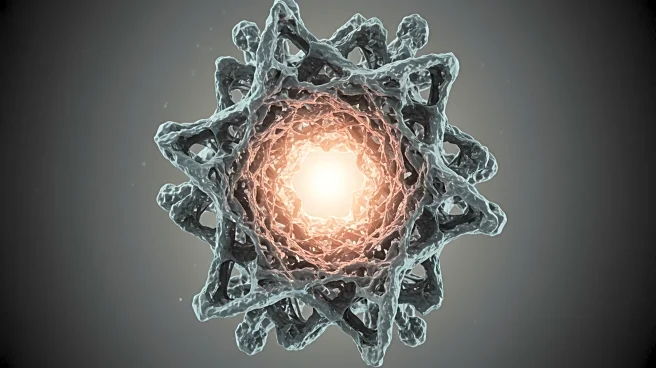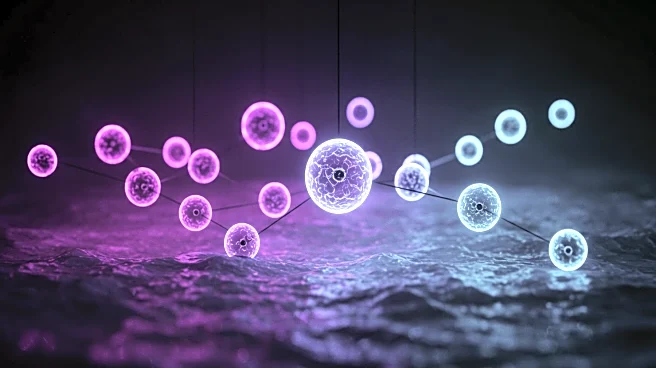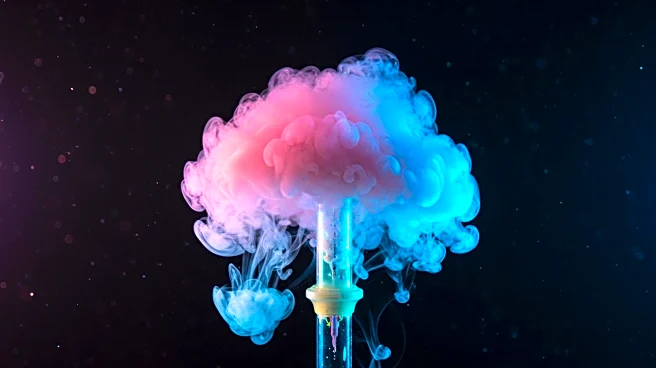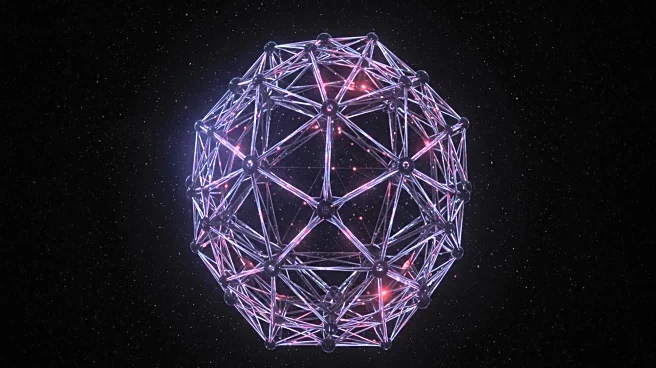Rapid Read • 6 min read
Researchers have identified a rare quantum phenomenon in Vincent van Gogh's 'The Starry Night.' The painting's swirling sky resembles patterns produced by quantum Kelvin-Helmholtz instability (KHI), a phenomenon involving fluids of different densities moving at varying speeds. This discovery was made by physicists from Osaka Metropolitan University and the Korea Advanced Institute of Science and Technology. The study, published in Nature Physics, highlights 'eccentric fractional skyrmions,' a new type of swirling pattern of magnetization, drawing parallels to the painting's crescent moon.
AD
This finding bridges art and science, offering a new perspective on Van Gogh's work and its scientific relevance. It underscores the artist's intuitive grasp of natural phenomena, potentially enhancing appreciation for his artistic genius. The discovery may inspire interdisciplinary studies, encouraging collaboration between art historians and scientists. It also highlights the potential for art to inform scientific understanding, suggesting that masterpieces like 'The Starry Night' can serve as valuable resources for scientific exploration.
The study raises questions about the intersection of art and science, challenging traditional boundaries between these fields. It suggests that artists like Van Gogh may have had an innate ability to capture complex natural phenomena, which could inform future research in both art and science. This discovery may also influence how art is taught and studied, emphasizing the importance of scientific literacy in understanding and interpreting art.
AD
More Stories You Might Enjoy
